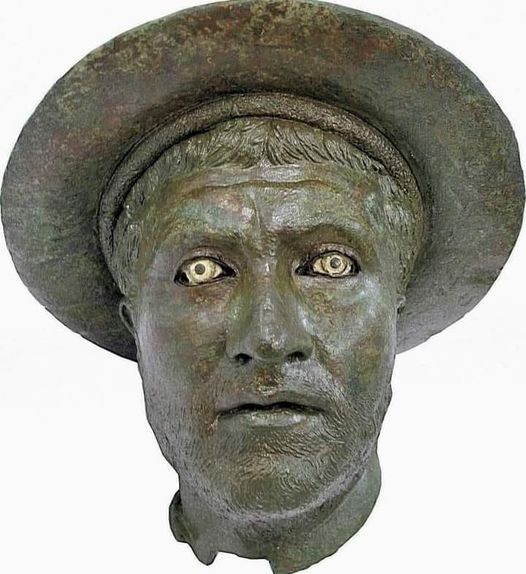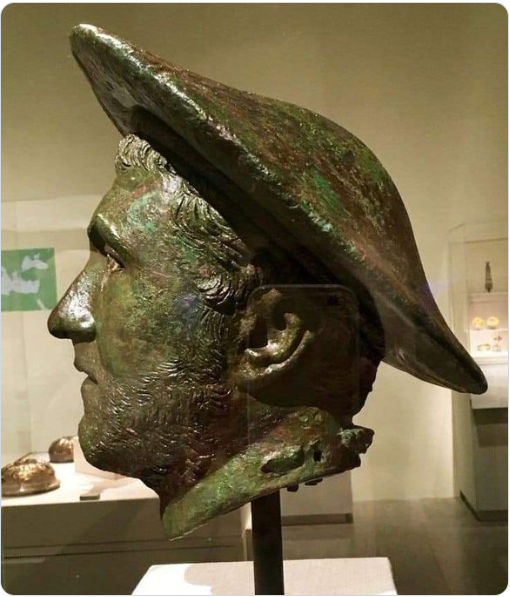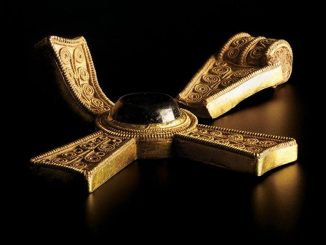Unearthed from the depths of the Aegean Sea near Kalymnos island in 1997, a striking bronze head has captured the imagination of historians and archaeologists. The head, depicting a man wearing a kausia—a distinctive hat favored by ancient Macedonians—dates back to between 300 and 200 BC. Its discovery near the Turkish coast has since offered a unique window into the lives of Macedonian nobility and possibly their kings.

The Significance of the Kausia
The kausia is not merely a piece of headgear but a symbol of Macedonian identity and status. Historically, it was worn primarily by the nobility and the ruling class, signifying their status and authority. The hat’s practical design, a rolled cloth spun in a circle and tied to sit snugly atop the head, served not only as a fashion statement but also as vital protection against the harsh sun of the Balkans and the broader regions of Asia Minor, Persia, Afghanistan, and India where Macedonians ventured.

Historical Interpretation and Identification
The bronze head in question is believed to represent either a Macedonian noble or perhaps even a king. Comparisons with existing Macedonian coinage have led some experts to suggest that the figure might be Philip V, who reigned from 221 to 179 BC. This hypothesis is bolstered by the resemblance of the headgear on the coins to the kausia worn by the bronze figure.
Alexander the Great and the Kausia
Alexander the Great, one of history’s most renowned figures, is known to have worn his royal kausia until his death in Babylon. The tradition of wearing this hat extended beyond Alexander, as it was customary for Macedonian kings to don the kausia in portraits minted on their bronze and silver coins. This practice highlighted their royal status and their connection to Alexander’s legacy.

Modern Historical Insights
Modern historians have a clear understanding of how the kausia was made and worn. The utility of the kausia, offering both comfort and protection from the sun, made it an essential part of the Macedonian military and civilian attire. Its widespread use underscores the kausia’s practicality and importance in daily and military life during hot summers and extensive military campaigns.
The discovery of the bronze head wearing a kausia not only highlights the rich cultural heritage of ancient Macedonia but also reflects the significant craftsmanship of the period. As a piece of history pulled from the sea’s depths, it continues to educate and fascinate, offering insights into the attire, status, and lives of those who once led and lived in one of history’s great empires.


